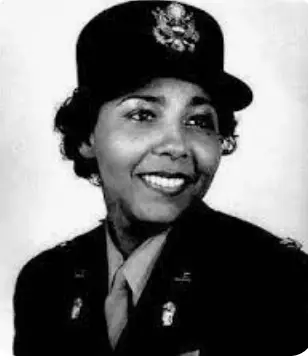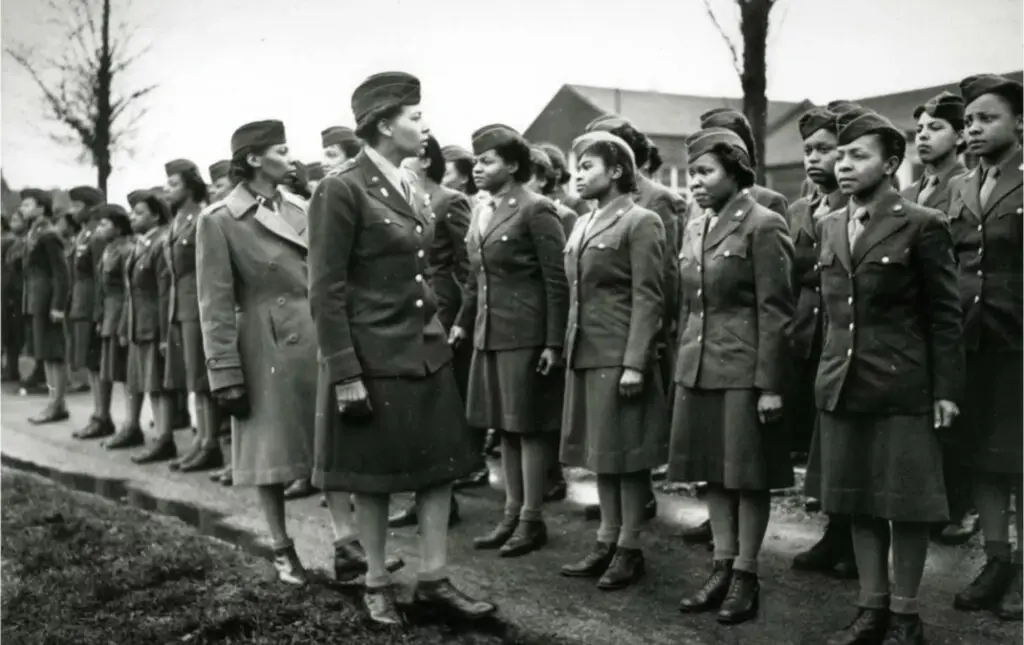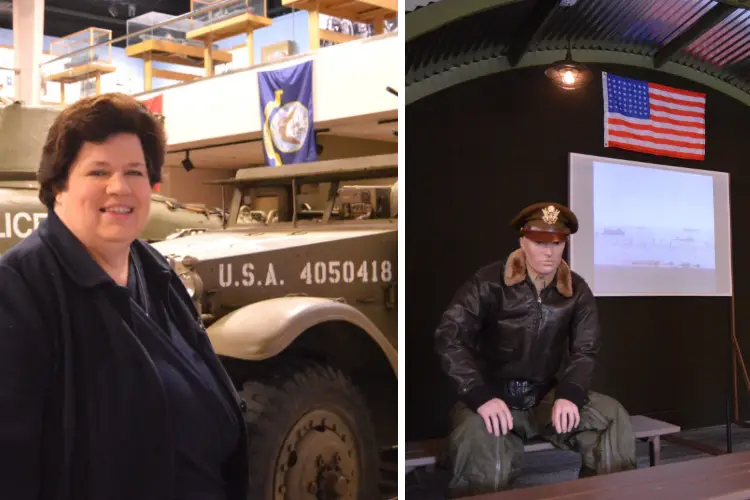In these days of email, instant messaging, and texting, it may be hard to comprehend the impact of not receiving mail, especially when in combat on the other side of the world. By 1944, a significant shortage of soldiers to manage the postal service created a vast backlog of mail and packages in the European Theater. Officials knew that the undelivered mail was hurting morale, but were unsure how to solve the problem.
Enter Mary McLeod Bethune, educator and political activist, who was attempting to gain the support of First Lady Eleanor Roosevelt for “a role for black women in the war overseas.” Black newspapers were also calling for the U.S. Army to “use black women in meaningful Army jobs.” After Bethune was successful in November 1944, an influx of African-American as well as women of Caribbean and Mexican descent flocked to enlist in the Women’s Army Corps.
Like all WACS, they attended basic training for six weeks, then received an additional four to twelve weeks of specialist training, depending on their interests and abilities. Drawing from the WAS, the Army Service Forces, and the Army Air Forces, a battalion of 824 women was created and designated the 6888th Central Postal Directory Battalion. Nicknamed the Six-Triple-Eight, the battalion had thirty-one officers and included a headquarters company for administrative and service support and Companies A, B, C, and D. Major (later Lieutenant Colonel) Charity Edna Adams was selected to command the 6888th.

The first contingent of the battalion boarded the Ile de France on February 3, 1945, dodging U-boats until they arrived in Glasgow, Scotland on Valentine’s Day, February 14, 1945. They were met with an exploding German V-1 rocket that sent them running for cover. Having survived the attack, they traveled by train to Birmingham, England where they were led to a collection of unheated and dimly lit warehouses stacked with an estimated seventeen million items. Rats ran roughshod over the packages searching for food.
Working twenty-four hours a day, seven days a week, in three shifts, the women processed the mail by creating a card index system that included names of those with the same or similar names (there were 7,500 Robert Smiths alone) and distinguishing them through the use of military serial numbers. Each shift handled about 65,000 pieces of mail and the backlog was cleared (and delivered) in three months – half of the originally estimated six month job.
Their next stop was Rouen, where they cleared a backlog of three-year-old mail by October before heading to Paris where they took care of yet another backlog. By then, the battalion had been reduced to five hundred women, making the task more challenging. Another two hundred women were discharged in January 1946. The following month, the unit was shipped back to the U.S. where it was disbanded without ceremony or fanfare. Another fifty years would pass before they received well-deserved recognition.
Sources:
https://www.womenofthe6888th.org/
https://www.nps.gov/articles/000/6888th.htm
https://history.army.mil/html/topics/afam/6888thPBn/index.html
Photo Credit: Major Adams Inspecting 6888 – National Archives
Photo Credit: Major Charity Adams – National Archives




